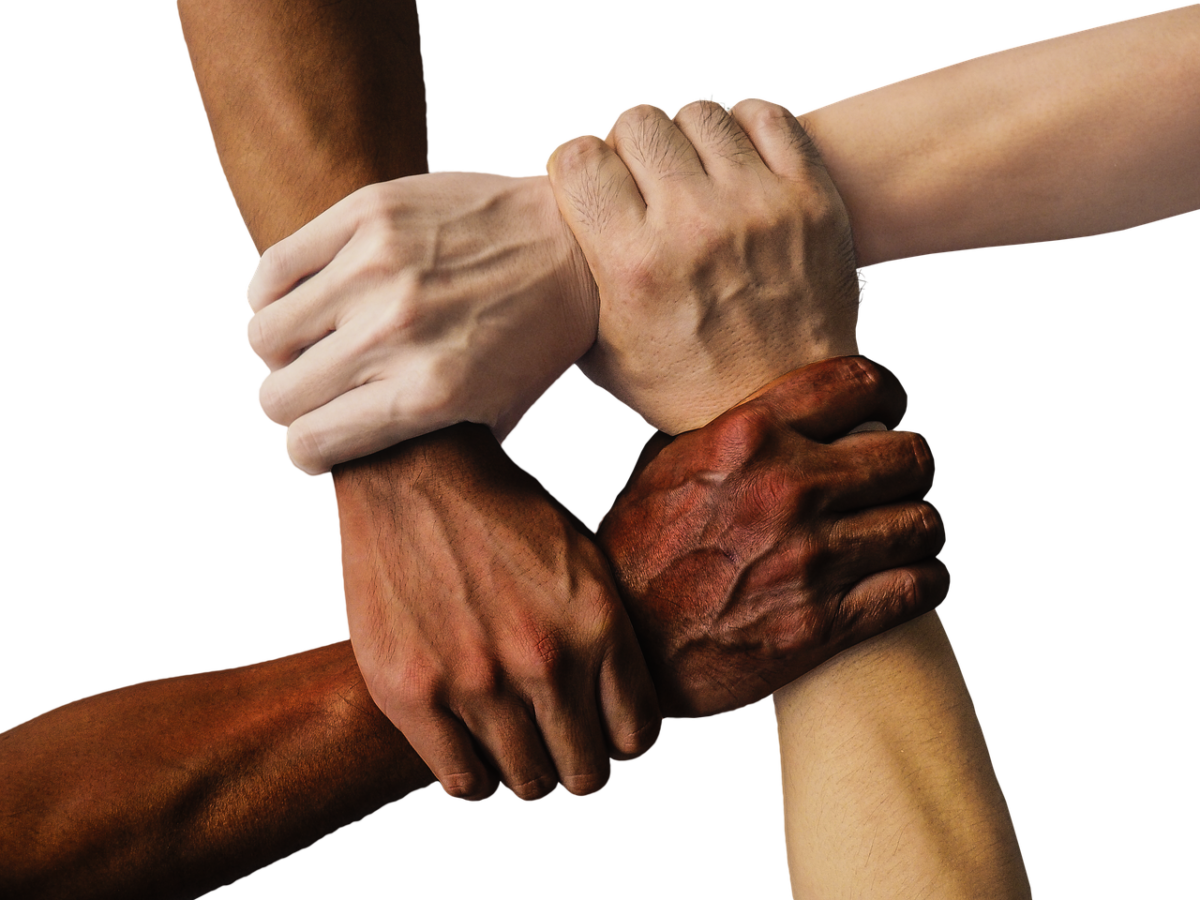Diversity is a precondition for synergy. It’s one of the characteristics of postmodern organizations – an unavoidable like competition and ego. Disagreements and conflicts center around issues of diversity e.g. differences in gender, ideology, culture, worldview, etc. And these issues are usually dominant when your organization is undergoing changes.
For example, adoption of a new culture, procedure or technology, mergers and acquisitions, change in leadership, and improvement of customer service. As a top-tier manager, you can’t wish these problems away. You require to manage them correctly. This article is all about diversity management. The following case study sets the stage for understanding what diversity management is all about. Read on.
A Case of Cross-cultural Differences in Assumption University
Dr. Rami Ben-Yshai presents a case in which he encountered cross-cultural differences when he worked as a lecturer in the Thai university. Growing up in a Western culture and working most of his lifetime with it, Ben-Yshai was getting used to Thai “ways of doing things”. This experience taught him how diversity can exert influence on interactions within and between organizations.
The interactions between him and his students were based on rigid boundaries, and he found it difficult to network and create synergy with them during learning. This disconnect was evident in the responses to emails he sent to the students and university employees. At first, he wasn’t receiving any response. To him, he perceived that as inappropriate behavior.
He would realize later how wrong his perception was. The Thai culture shuns “no” replies to questions, and so, rather than answer “no”, Thais don’t respond. It’s a cultural taboo to say “no”. It’s a custom for Thais to not to reply if they don’t feel free to express themselves, and if they feel unsure about their responses.
Another stumbling block was language barrier. You might wonder, “But this is an international university with English as an official language.” True, but the real issue was accent. The students struggled to understand his accent, just as he would trying to understand theirs.
It didn’t at stop that. Ben-Yshai encountered another situation during class breaks. As usual, he engages in conversations with students, just as other tutors would do. One student confessed to him that he served in the Thai military. Coming from a military background, Ben-Yshai was pleased to share with him that fact. Suddenly, the student stopped talking, as if he felt threat or embarrassment. In the end, the conversation enhanced the rigidity of the boundary between them.
Bridging Cultural Diversity
The Thai case shows how culture can influence interactions. Even though Dr. Ben-Yshai expected to encounter cultural barriers before arriving at Thailand, they turned to be more extensive than he thought. He had a sincere and genuine wish to develop dialogue with the students and overcome the cultural barriers. And because of that wish, he adopted several measures to flex boundaries.
First off, he would give each student a crucifix made of olive wood. The reception of this gift was warm, especially among the Christian students. Second, he would join students for lunch in the dining hall. This reduced the formality of the classroom relationship. Third, he emphasized more on a one-on-one meeting with the students outside the official working or classroom hours. Fourth, he welcomed the students to the residence lobby of the teaching staff.
In addition, he simulated real-life experiences in the classroom and encouraged role play. This included making detailed classroom presentations. He also asked the students to write their responses on the board instead of speaking. This served to overcome the problem with accent.
As for the university employees, he created time to go out with them, joining them on weekend trips. Apparently, these measures were easing the boundaries, and relationship were more informal. Dr. Ben-Yshai even asked students to prepare skits and videos for their final project. At the end of the semester, the air of formalness had reduced remarkably.
In the end…
Reducing the formalness of interactions can contribute toward flexing boundaries and creating synergy. To do that, you must understand one’s culture, and demonstrate tolerance toward it. You must also make a genuine and sincere effort to make others understand your culture.





ergfir nolikz
9 Jan 2019Hey very nice website!! Man .. Excellent .. Superb .. I’ll bookmark your blog and take the feeds also…I’m glad to search out numerous helpful info right here in the publish, we want work out more strategies on this regard, thanks for sharing.